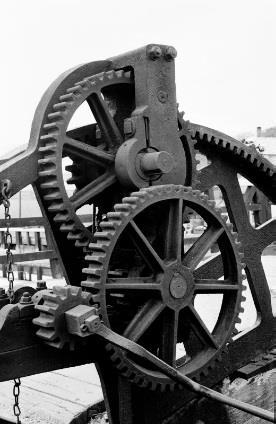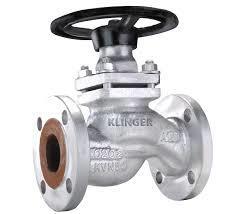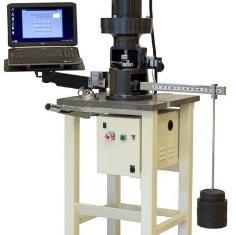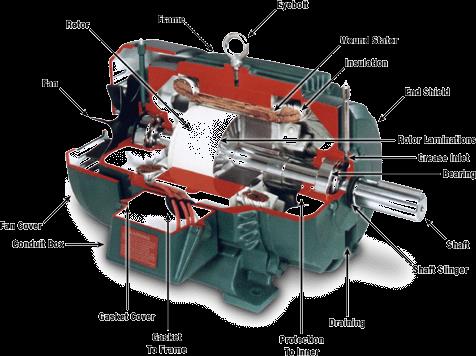Lubrication of a Drawbridge and related Equipment
Follow a water way, river, stream, or canal, and you may find a drawbridge. A drawbridge is a passable span across the water that can be raised for ships and boats to pass and then lowered for normal use. There are thousands of drawbridges in the state of Florida alone, not to mention the world-famous London Bridge and many more. Most of these bridges are raised and lowered by a set of gears. Usually there is a drive which [...]









